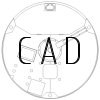About this detail of the Tiger
The prototype Tiger had armour plate over the sprocket wheel, and a movable front armour shield. It therefore needed no front mudguards.
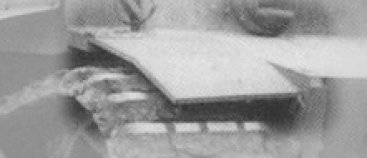
The first production Tigers were fitted with hinged mudguards over the sprocket wheels, as shown in this photo. The mudguards did not extend past the hull of the vehicle, therefore they did not cover the outside edges of the cross-country tracks.
About 30 Tigers were fitted with this type of mudguard. They almost all went to s.Pz.Abt.502 at Leningrad, and s.Pz.Abt. 501 in Tunisia.
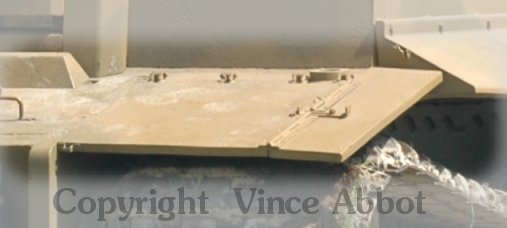

To cover the full width of the tracks, a wider mudguard was introduced in late 1942. This type extended beyond the hull side. It had a folding outer portion so that the vehicle overall could be made no wider than its own hull. A sliding catch allowed the segment to be locked vertical.
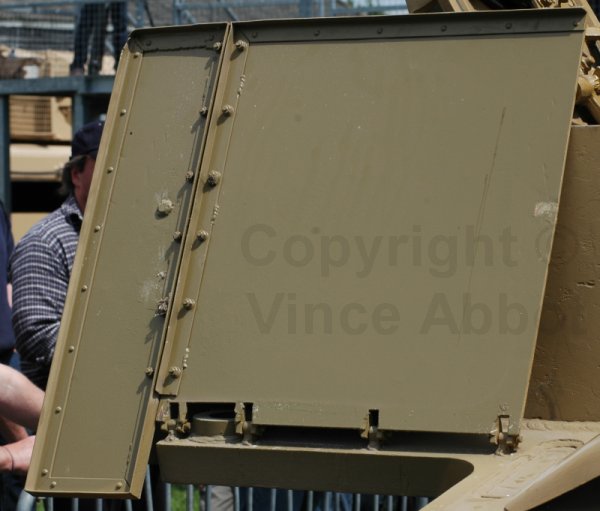
This is the underside of a mudguard on the Tiger at Bovington museum.
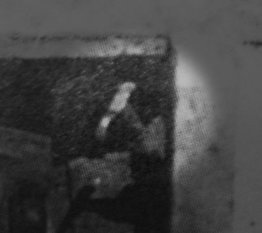
There was a small spring-loaded hook on the front of the hull, to hold the mudguard down. It connected to a small loop on the mudguard. This photo shows the hook; there are no surviving examples in museums.

This is Tiger "142" in Tunisia (with the original mudguard design). The hook is missing, but its spring is still attached.
Some of the Tigers of s.Pz.Abt.501 in Tunisia had these wider mudguards, including Tiger "213", Tiger "233" and Tiger "21" which was captured and sent to the USA.
